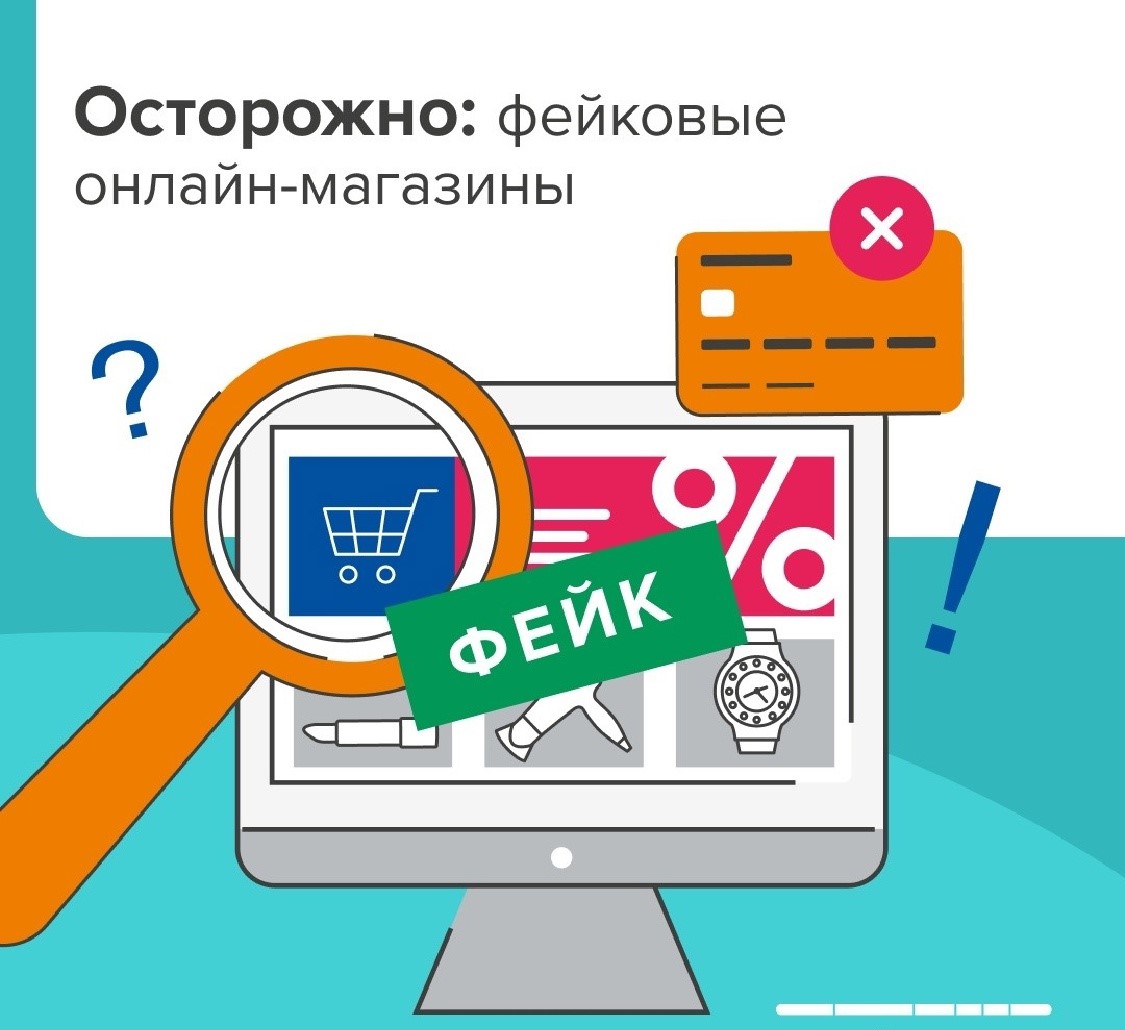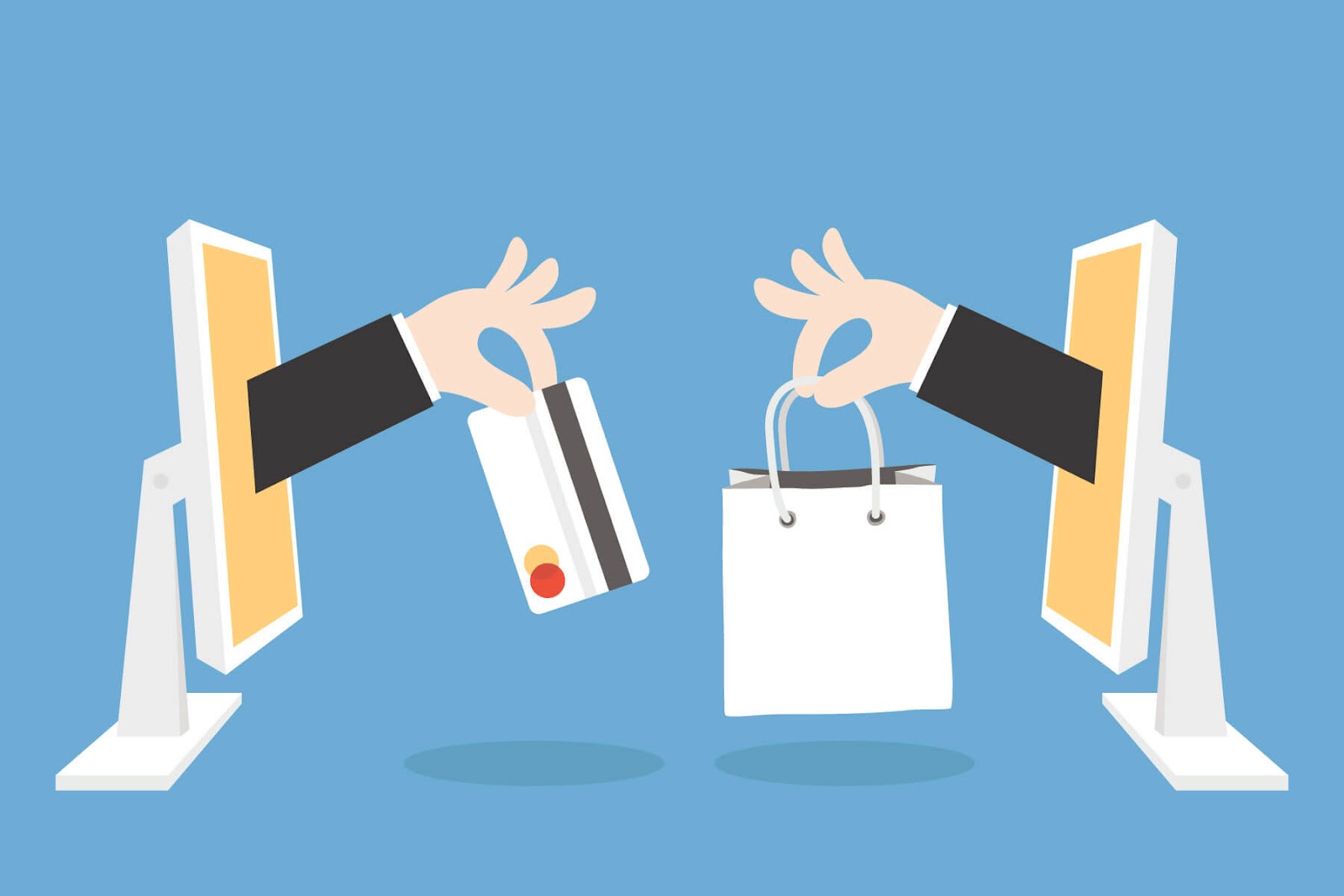Digital commerce is a convenient way to purchase goods, but with the increase in online sales, the number of fraudulent sites also grows. Fake online stores use designs that mimic real platforms, advertise non-existent discounts, and deceive users into entering payment data. The main goal of such resources is to get money without providing the promised product.
Methods Used by Scammers
Fraudsters use various methods. Some sites masquerade as brands, while others are created as exclusive trading platforms. Deception often occurs through advertising on social media, where “discounted goods” are promoted. Most of these resources lack legal data and disappear immediately after receiving a prepayment. In some cases, fraudsters use the obtained data to access bank accounts.

Particularly dangerous are online stores with malicious code. When visiting such pages, programs that can track keystrokes, intercept passwords, and access banking apps may automatically download. Some sites are created solely for collecting personal data, including passport, address, and card number. All this can be used in other fraud schemes.
How Scammers Attract User Attention
Psychological tricks are used for deception — urgency, limited offers, trust effect. Often, a well-known brand name is used with one altered letter in the domain. This makes the fake more convincing for a potential victim. Sometimes fake reviews or fake social media pages are used. Outwardly, such resources look professional, making them very difficult to detect.
Even experienced users may not immediately determine that a site is fake. However, with careful analysis, one can see typical features indicating fraud. At this stage, it is important to apply several simple steps to check the resource before making a purchase.

Understanding how to check a store helps avoid unpleasant situations when money is sent into fraudsters' pockets. Attention must be paid to the legal, technical, and visual details of the site. To preliminarily assess the safety of the platform, it is recommended to follow these basic steps:
- check the domain and owner through special online services;
- ensure the presence of a secure connection (https://);
- search for reviews about the store on independent resources;
- compare prices with other online stores;
- check for contact information, return and shipping policies;
- evaluate the site's appearance, errors, design, and structure.
These actions do not take much time but can prevent the loss of funds. Before paying, it is important to analyze all available information. The absence of some details does not always indicate fraudulent activity, but the combination of all signs is a warning signal that suggests not making a purchase on this site.
Why Fake Sites Are Dangerous
Fake online stores can cause harm not only financially. Transmitting data on such resources gives criminals access to accounts, email, mobile apps. Some sites masquerade as official payment systems and offer payment through third-party forms. Entering information on such pages leads to the theft of payment data and subsequent withdrawals from the card.

The problem is exacerbated by the fact that such resources often use mass advertising on social networks. A user, seeing a “great offer,” clicks on the link and makes a quick purchase without checking the source. This is especially relevant during sales periods when online shopping fraud is most active.
Even if the goods are received, there is no guarantee that they match the description. Often, instead of the original product, a counterfeit arrives, which cannot be returned. It is usually also impossible to contact the seller after payment. All contact information turns out to be fake.
How to Ensure Safe Shopping
Purchases should be made on well-known sites with a proven reputation. Using temporary bank cards or payment systems with buyer protection reduces the risk of theft of funds. It is recommended not to save payment data in the browser and not to enter it on pages with a suspicious address.

If suspicions arise, it is better to refrain from purchasing than to risk money and personal information. In case of fraud detection, it is necessary to contact the bank and request a transaction cancellation. Information about the site should also be reported to the relevant authorities to prevent further dissemination of such schemes. Knowing how to check a store helps reduce the number of fraud victims and increase cybersecurity awareness.
 >
>